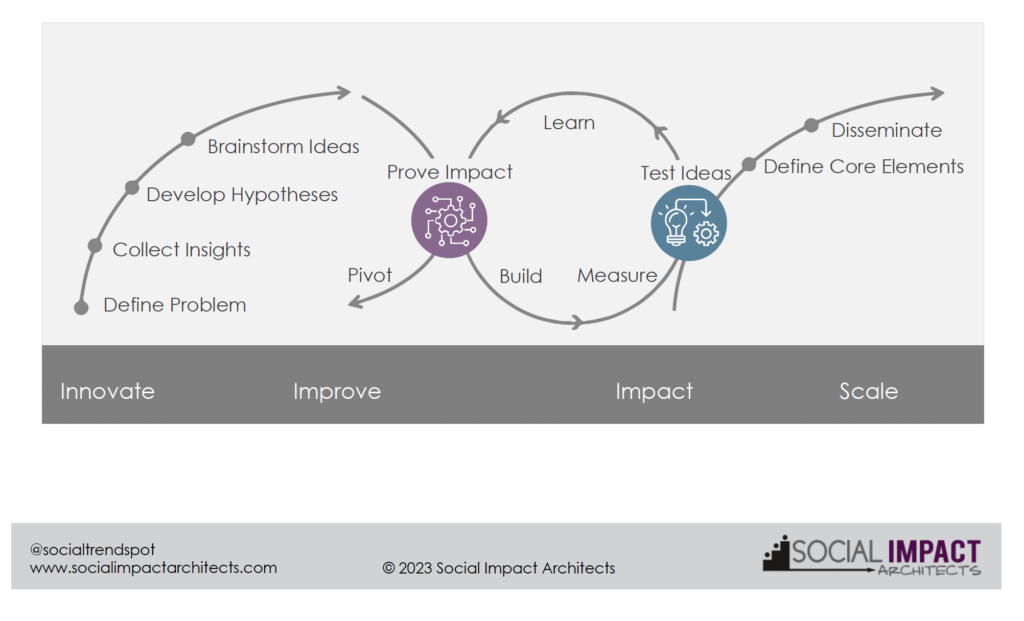 My favorite graduation gift is the bestselling book, The Alchemist, by Paulo Coelho. I share it with anyone I can because it speaks to all of us who want to find our own destiny. As one of the mentors tells the protagonist, Santiago, “When you really want something to happen, the whole universe will conspire so that your wish comes true.” What many people do not know is that when Coelho first published the novel, it was not an immediate success. Its delayed success is a testament that even great work takes perseverance and timing.
My favorite graduation gift is the bestselling book, The Alchemist, by Paulo Coelho. I share it with anyone I can because it speaks to all of us who want to find our own destiny. As one of the mentors tells the protagonist, Santiago, “When you really want something to happen, the whole universe will conspire so that your wish comes true.” What many people do not know is that when Coelho first published the novel, it was not an immediate success. Its delayed success is a testament that even great work takes perseverance and timing.
Transformative social change – the standard by which success is measured in the social sector – also takes perseverance, timing and something I like to call “social alchemy.” In my social entrepreneurship class, many of my students are surprised that social change doesn’t start with solutions. Instead, I teach them that transformative social change always starts with a problem needing to be solved. The social sector’s responsibility is to take that problem, transform it into an idea and then an impactful solution. This solution should be scalable to create meaningful change. But how can we get better at creating this “social alchemy”? Here are some helpful hints I share in my class on the process of turning a problem into social gold.
Innovate
In the first stage, think of yourself as a scientist, uncovering the problem and developing hypotheses. Rather than starting with a solution, use design thinking as a new way of problem solving. Design thinking combines empathy for the problem, creativity for solutions and rationality for the best fit. In his TEDTalk, Tim Brown, CEO of IDEO, one of the leading companies in design thinking, posits that design thinking can and should be used to tackle big problems, such as global warming, healthcare and education. To innovate, we must first understand the problem from all the angles, including why it exists and why it persists. To best accomplish this, we should always ask the opinion of our customers, clients and patrons and, when possible, co-create alongside them. We also need to resist the temptation to make assumptions about what is needed. We cannot jump to a conclusion until all the research is done and we have brainstormed as many ideas as possible. In addition, sometimes leapfrog innovation is more impactful than invention. Rather than develop an entirely new approach, consider applying an idea in a new way.
Improve & Impact
In the second and third stages, think of yourself as an engineer, measuring and testing the idea to maximize its impact. If the idea has merit, it will move through a cycle of continuous improvement – BUILD -> MEASURE -> LEARN – until impact has been proven through extensive measurement. If the idea is problematic, it may need to go back to the INNOVATE stage to be re-developed. Do not see this as failure, but instead as a “pivot,” where ideas are tested quickly and are allowed to fail early and cheaply. In the social sector, we also call this stage the “Lean Startup.” It can be a valuable way to design a program in which impact has already been proven and to customize the program for a local context.
Scale
In the fourth stage, we have proven impact and now need to take the idea to scale. In this stage, think of yourself as a franchise owner, focused on replicating the idea in a number of different environments. In the social sector, the idea – often a program or organization – has many layers, and the elements that are most impactful are difficult to identify. The first step is to develop a list of elements that are core to the impactful idea and those that are non-essential. Then, test their success separately. Finally, find the optimal way to disseminate the idea, which may be scaling the organization itself or scaling to other organizations through strategies such as policy change or licensing.
Now you know why I call this process “social alchemy.” Not only does your idea evolve into something truly meaningful, but you evolve along with your idea, taking a personal journey that requires discipline to take on different roles through the process.
As we continue to think about social alchemy, it begs more questions of us and the social sector as a whole. For example, we love to innovate, but how good are we at taking our ideas to impact and scale? We need to scale, but are we starting with well-designed ideas? What processes and supports need to be in place to assist with this transformation? At Social Impact Architects, we have started the discussion, and we would love your thoughts. We will leave you with some inspiring words from The Alchemist: “That’s what alchemists do. They show that, when we strive to become better than we are, everything around us becomes better, too.” We too must strive to become better at transforming problems into ideas that will change the world.


the 3,4 items to live in your organization. innovate, impact / improve and scale. Define the problem